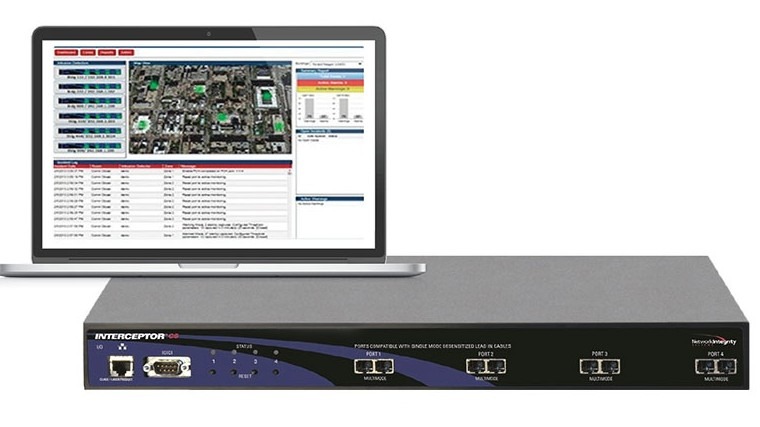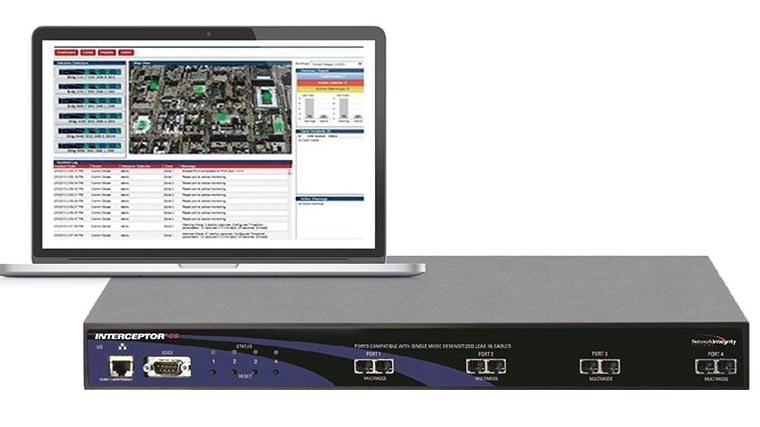Discover how NIS can help protect you from insider threats.


In today's interconnected world, protecting sensitive information has become increasingly difficult. While external threats are well-known and well-publicized, insider threats are just as significant and often overlooked. The recent case of espionage at GE Aviation serves as a reminder that insiders can be just as dangerous as external actors and that organizations must take measures to protect themselves from such threats.
The case involving the Chinese operative and the GE Aviation employee highlights the seriousness of the situation. The Chinese government has been known to engage in industrial espionage, and insiders are often recruited to help them obtain trade secrets. The insider, in this case, was able to obtain sensitive information and pass it on to the operative until discovered by the FBI. It is unknown how much information was compromised before the insider was caught.
The fact that an insider was able to obtain sensitive information despite the fact that a company's efforts to protect its data highlight the need for organizations to be more vigilant in their efforts to prevent insider threats. Traditional methods, such as controlling access to computer systems, are not enough, and organizations must begin to think beyond these measures to protect themselves.
One solution is to adopt the U.S. Military and Intelligence Community guidelines, which have recognized the vulnerability of physical breaches into the network infrastructure. Network Integrity Systems has developed modern solutions to address physical cyber security threats such as wire-tapping, and their INTERCEPTOR product line has been deployed by all branches of the military, most intelligence agencies, and at many defense-industrial-sector manufacturing facilities. Their VANGUARD products provide the same level of protection for private enterprises. They are being used widely by cloud computing service providers to ensure privacy within the co-location centers in which they process information.
In conclusion, insider threats are a real and pervasive problem that organizations must take seriously. The recent case at GE Aviation serves as a reminder that insiders can be just as dangerous as external actors and that traditional methods of protection are not enough. Organizations must adopt new measures to protect themselves, such as the U.S. Military and Intelligence Community guidelines and the modern solutions developed by Network Integrity Systems. Only then can they be confident that their sensitive information is truly secure.
